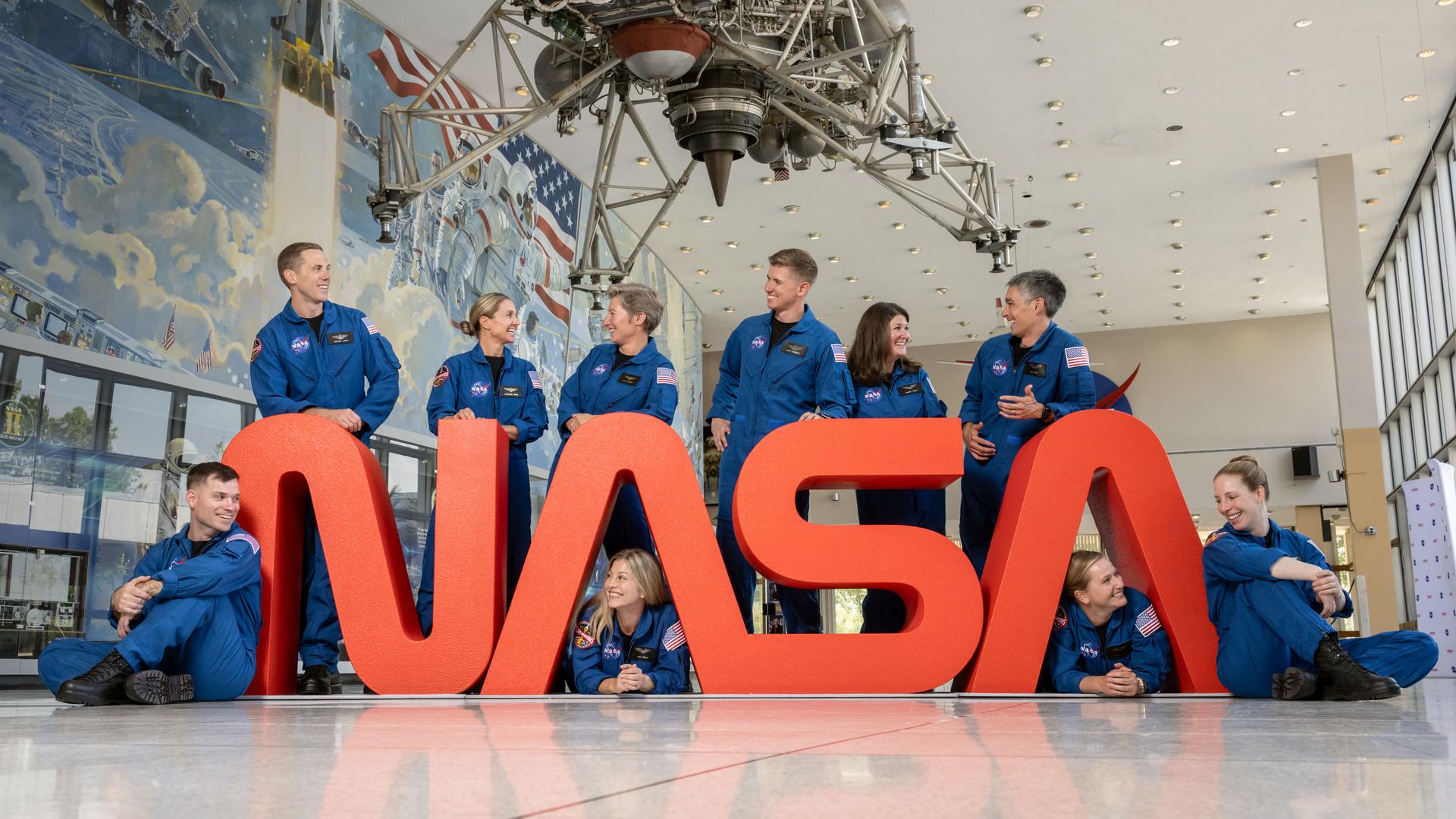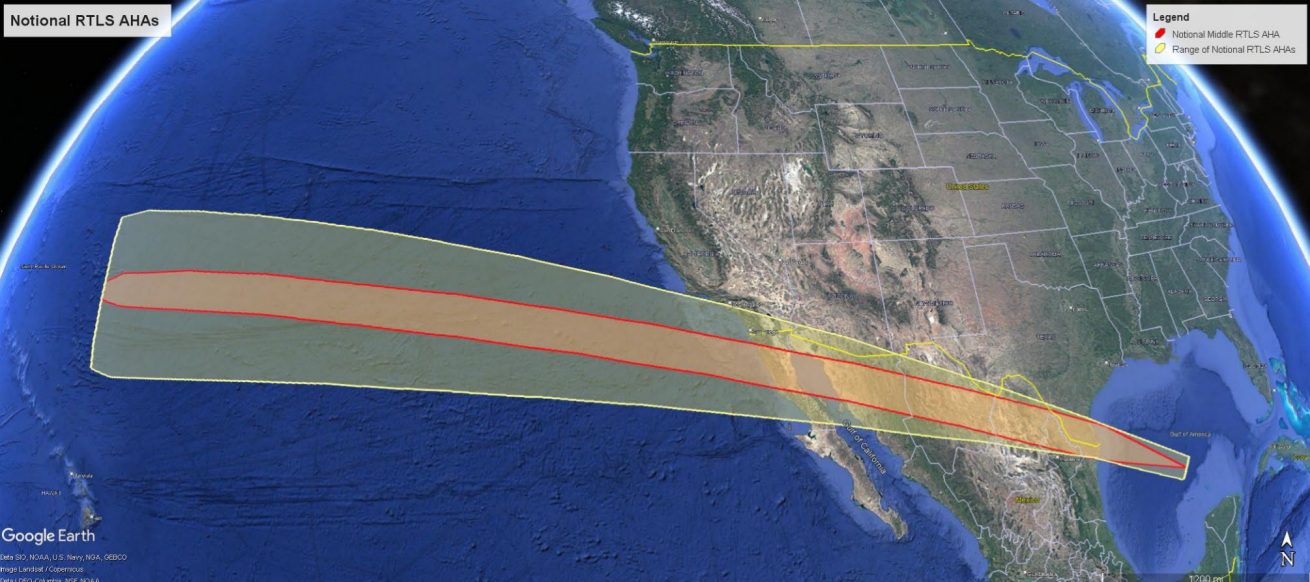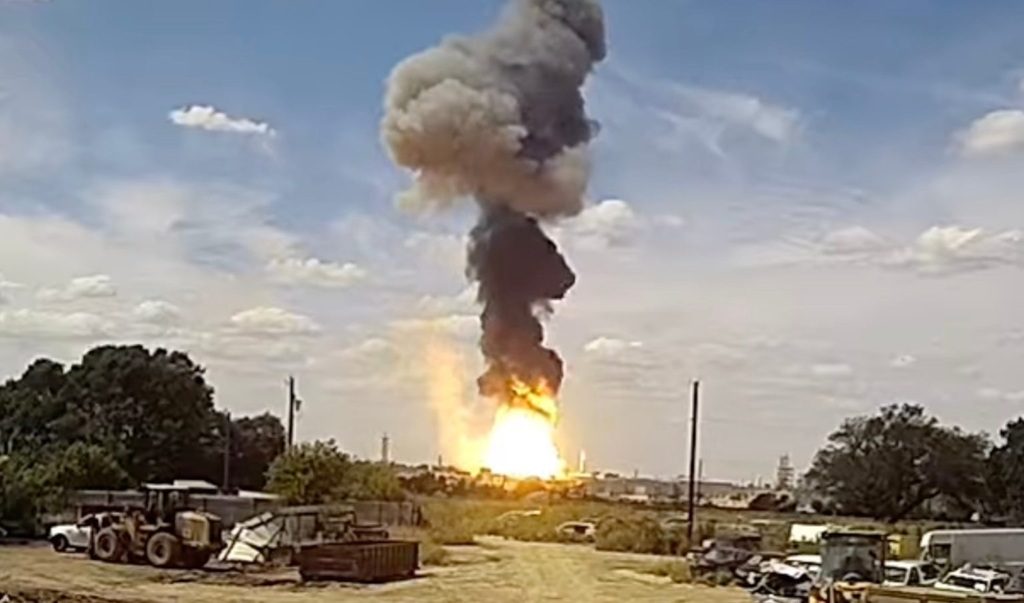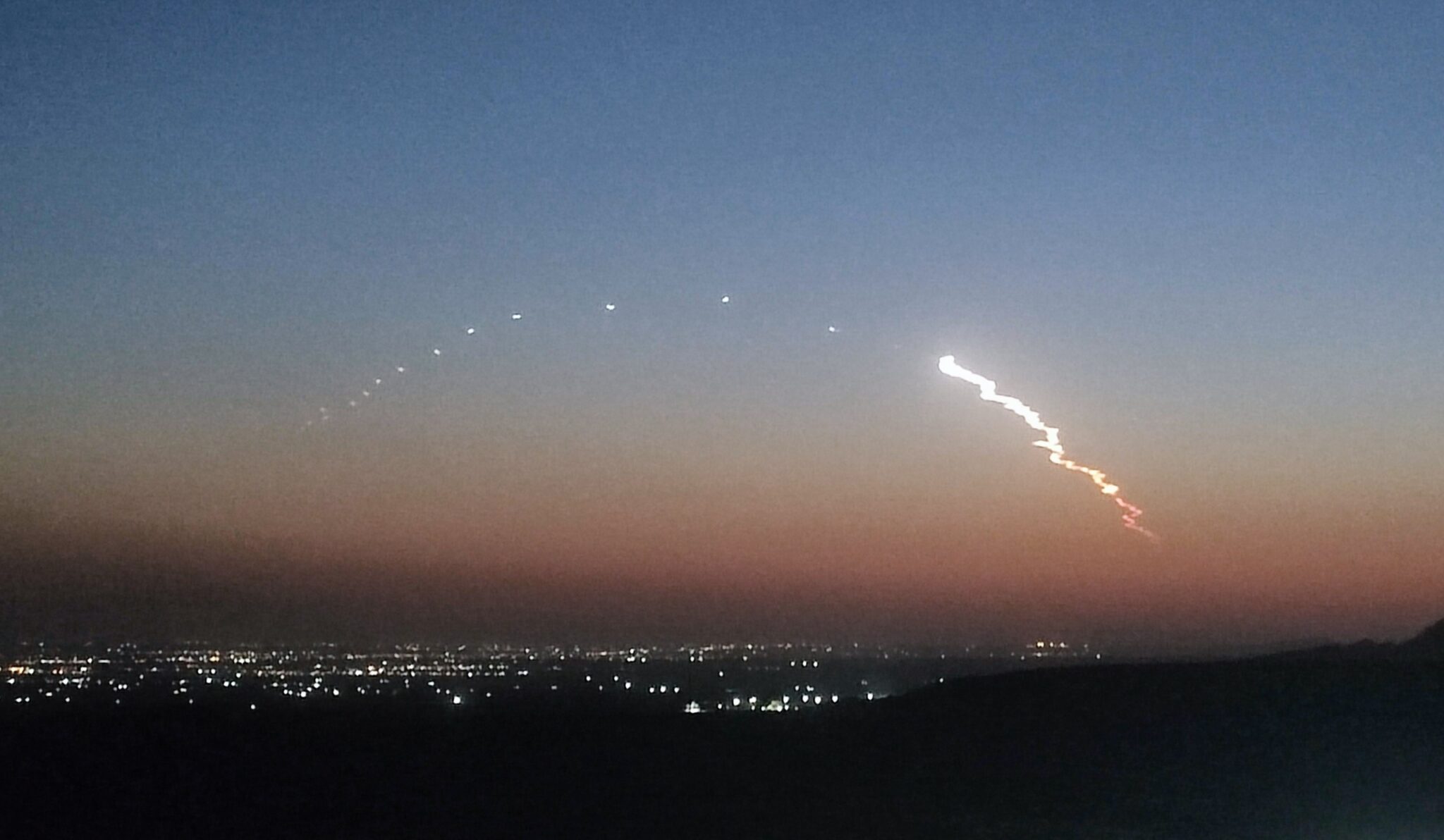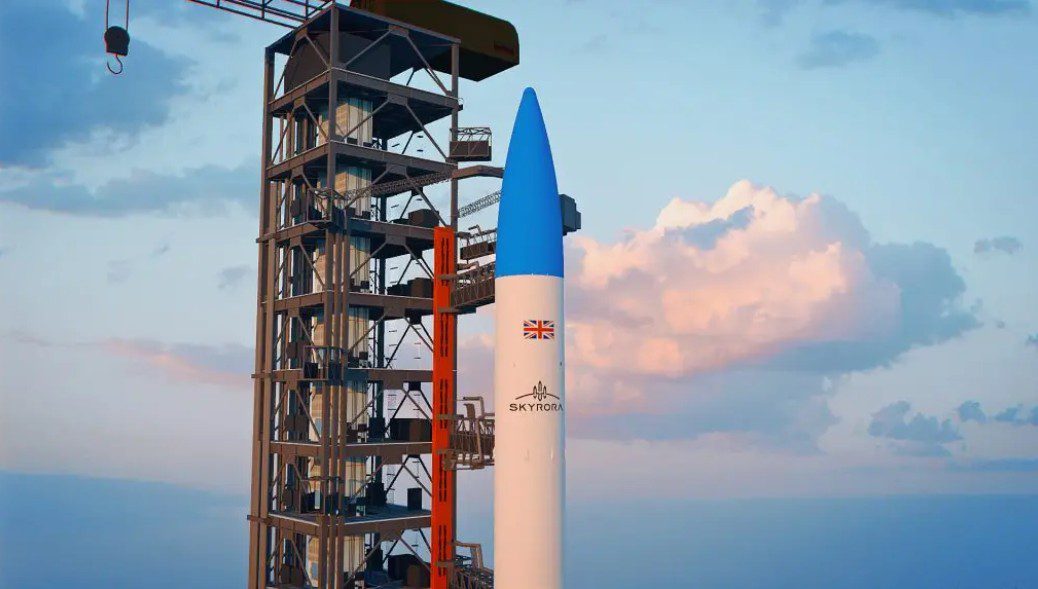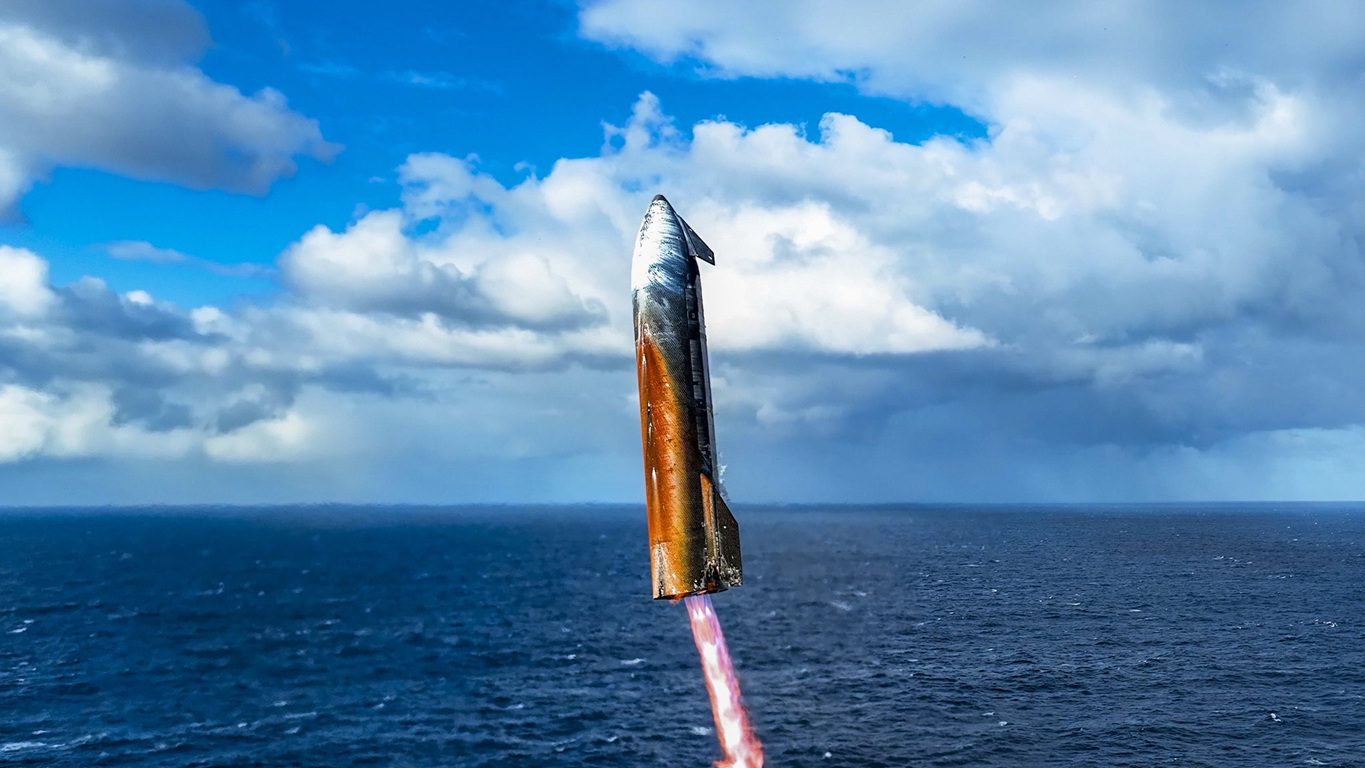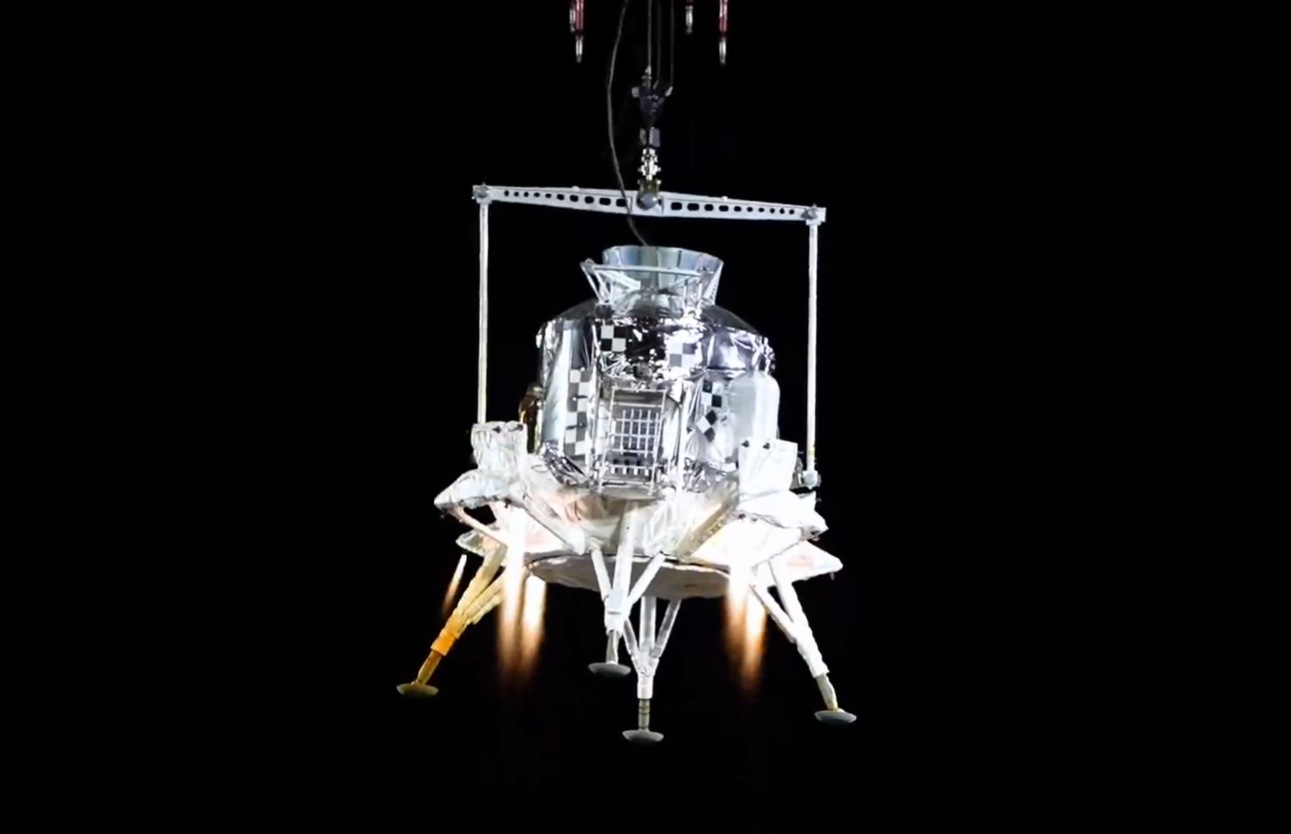Several human spaceflights were announced during September, alongside other updates relating to astronaut activities.
Women outnumber men in NASA astronaut class 2025:
For the first time in its 67-year history, NASA’s astronaut class saw women outnumber men.
The space agency conducts a rigorous application process to identify new batches of astronaut candidates to undergo intensive training to become eligible for space flights. It does this on an as-needed basis – but it tends to happen once every four years. In the most recent round, it received over 8,000 applications and narrowed it down to just ten people: six women and four men.
Yet, this was also the first astronaut class in 40 years without any Black candidates. According to Mashable, the last time NASA’s astronaut class failed to include any black man or woman was in 1985.
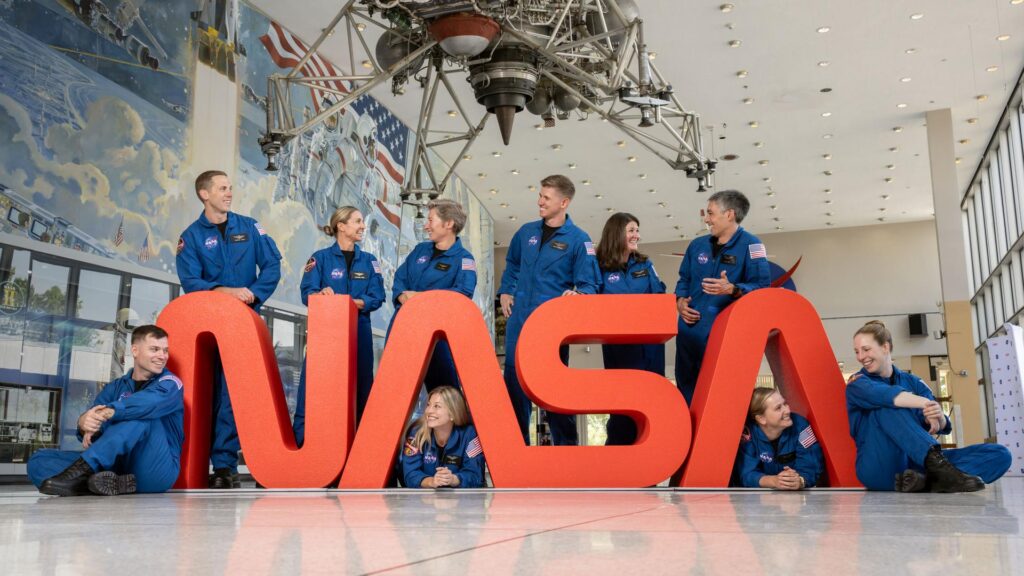
NASA’s 2025 Astronaut Candidate Class. Courtesy: NASA
The 2025 astronaut candidates are: Ben Bailey, Lauren Edgar, Adam Fuhrmann, Cameron Jones, Yuri Kubo, Rebecca Lawler, Anna Menon, Imelda Muller, Erin Overcash and Katherine Spies. After two years of training, these candidates will – the agency hopes – be eligible for missions to low Earth orbit, the Moon, and even Mars. NASA has recruited 370 astronaut candidates since 1959, when it selected the original Mercury Seven astronauts.
NASA astronauts will fly around the Moon
NASA has brought its Artemis II mission forward by two months. The ten-day long mission will, it hopes, commence in February 2026 instead and be the first crewed lunar mission flown by any country since Apollo 17 in 1972.
The four astronauts on Artemis II will be: Reid Wiseman (commander), Victor Glover (pilot) and mission specialists Christina Koch and Jeremy Hansen. The mission will see them perform a Crewed Lunar Flyby that will help NASA confirm systems and hardware needed to land astronauts back on the Moon and to eventually establish a long-term human presence there.
ISRO Gaganyaan astronauts to conduct their debut crewed mission
Meanwhile, the Indian human space programme is gearing up to conduct Gaganyaan, its first indigenous crewed mission, in the first quarter of 2027. The Indian Space Research Organisation (ISRO) will send three astronauts (also known as gaganauts or gaganyatris) into a 400 km Low Earth Orbit (LEO). They will spend up to three days there before they return to Earth. The goal of the flight will be to demonstrate India’s capability and readiness for human spaceflight. The three gaganauts are: Prasanth Nair, Angad Pratap, Ajit Krishnan and Shubhanshu Shukla. Shukla recently flew in the Axiom-4 mission.
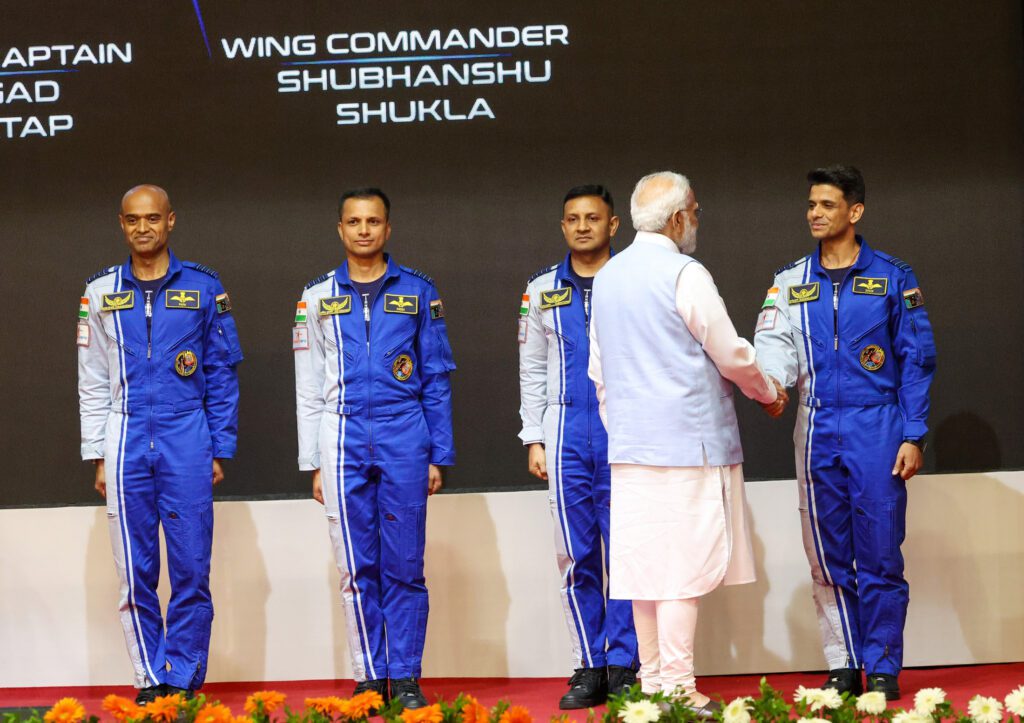
India’s Prime Minister congratulated the Gaganauts. Courtesy: Office of Indian PM Modi
Purdue University to send academics on suborbital flight
A professor, a student and an alumni of Purdue University will join a suborbital flight in 2027. The Purdue-1 mission will fly on Virgin Galactic’s spaceplane. It will be the first research-dedicated mission on a commercial crewed suborbital flight. Professor Steven Collicott, Abigail Mizzi, a graduate student, and university alumni Jason Williamson will be joined by two additional alumni members.
The university has a close connection to NASA’s human spaceflight endeavours: 30 of its alumni have flown in space or been selected as NASA astronaut candidates. Even Virgin Galactic’s president of Spaceline, Mike Moses, is a graduate.
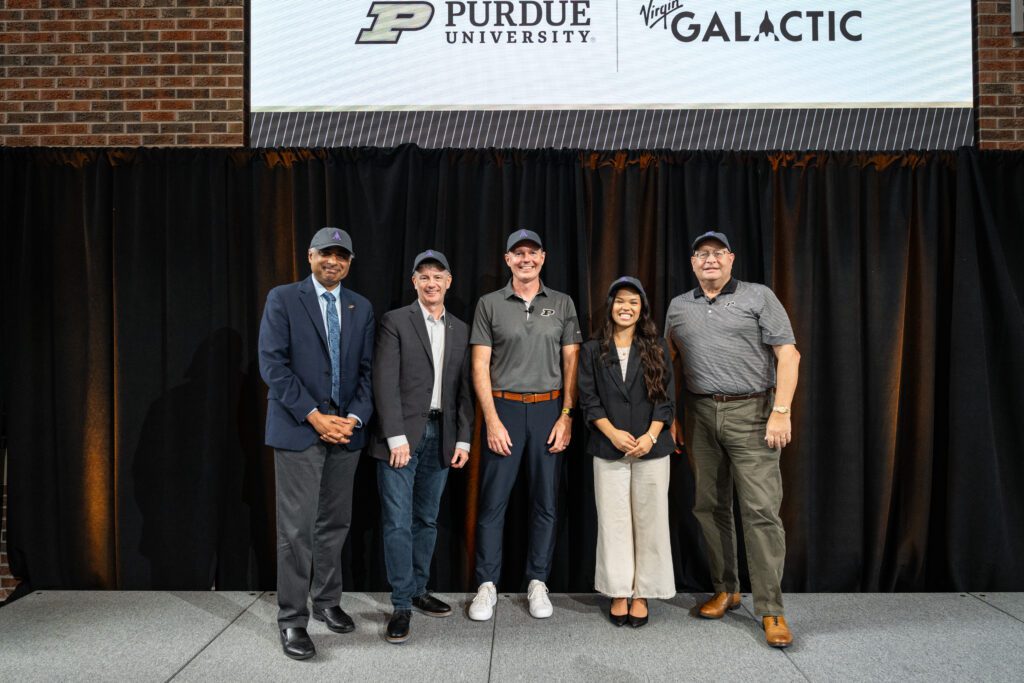
The Purdue researchers and students on the spaceflight will personally conduct and oversee experiments in microgravity. Courtesy: Purdue University photo/Kelsey Lefever

